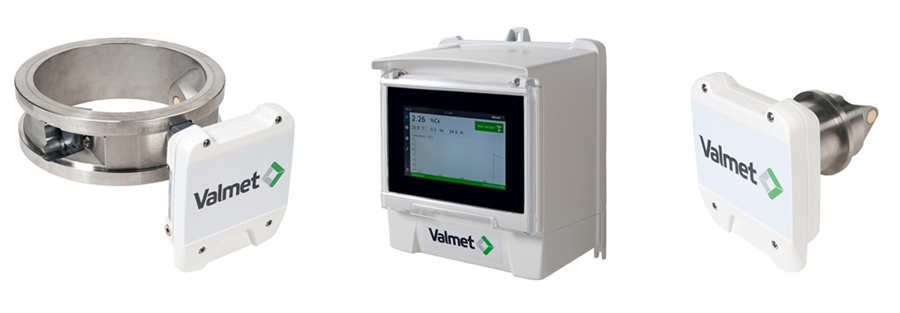NEWS
Valmet launches a new microwave consistency measurement for pulp and paper makers
Valmet launches a completely redesigned Valmet Microwave Consistency Measurement – Valmet MCA (patent pending) for pulp and paper makers. Valmet MCA is now provided by digital electronics and the new Direct Sweep Detection measurement to offer higher performance measurement sensitivity and accuracy than competing analog designs.
A wider applicability with the new Twin Blade sensor
Valmet MCA’s new Twin Blade sensor complements the offering, along with the newly redesigned Flow Through sensor, by allowing paper and pulp makers to install it in larger pipe diameters. The Flow Through sensors are totally interchangeable with earlier installations.
With a wider applicability, the new Twin Blade sensor can also be used to measure unscreened pulp. The sensor’s completely redesigned clamp mounted probe is suitable for the much higher conductivity environment of chemical pulping.
“This new measurement technology is a leap forward in terms of performance and usability. For long Valmet has been the market leader in microwave consistency measurements with more than 6,000 deliveries. The new Valmet MCA now leads the way for all pulp and paper needs,” says Marko Heikkinen, Product Manager, Automation business line, Valmet.
The new and easy-to-use operating unit
Commissioning and operation have also been enhanced with the Valmet Bridge user interface, a new 7’’ touch screen control platform designed for use with Valmet process sensors and analyzers. With comprehensive diagnostics, Wi-Fi and Industrial Internet ready capabilities, Valmet Bridge user interface provides a user-friendly experience and intuitive access to transmitter operation and remote services from Valmet.
The industrial standard in total consistency measurement
Valmet MCA measures total consistency of the pulp process stream independent of fiber length, freeness, wood species or blend. The measurement is not affected by flow rate, brightness or color and enables better control for more efficient production, improved quality and economic savings with fewer process upsets and less off grade product. With low lifetime costs, the sensor is simple to install and requires no regular maintenance to keep commissioning and running costs to a minimum.








